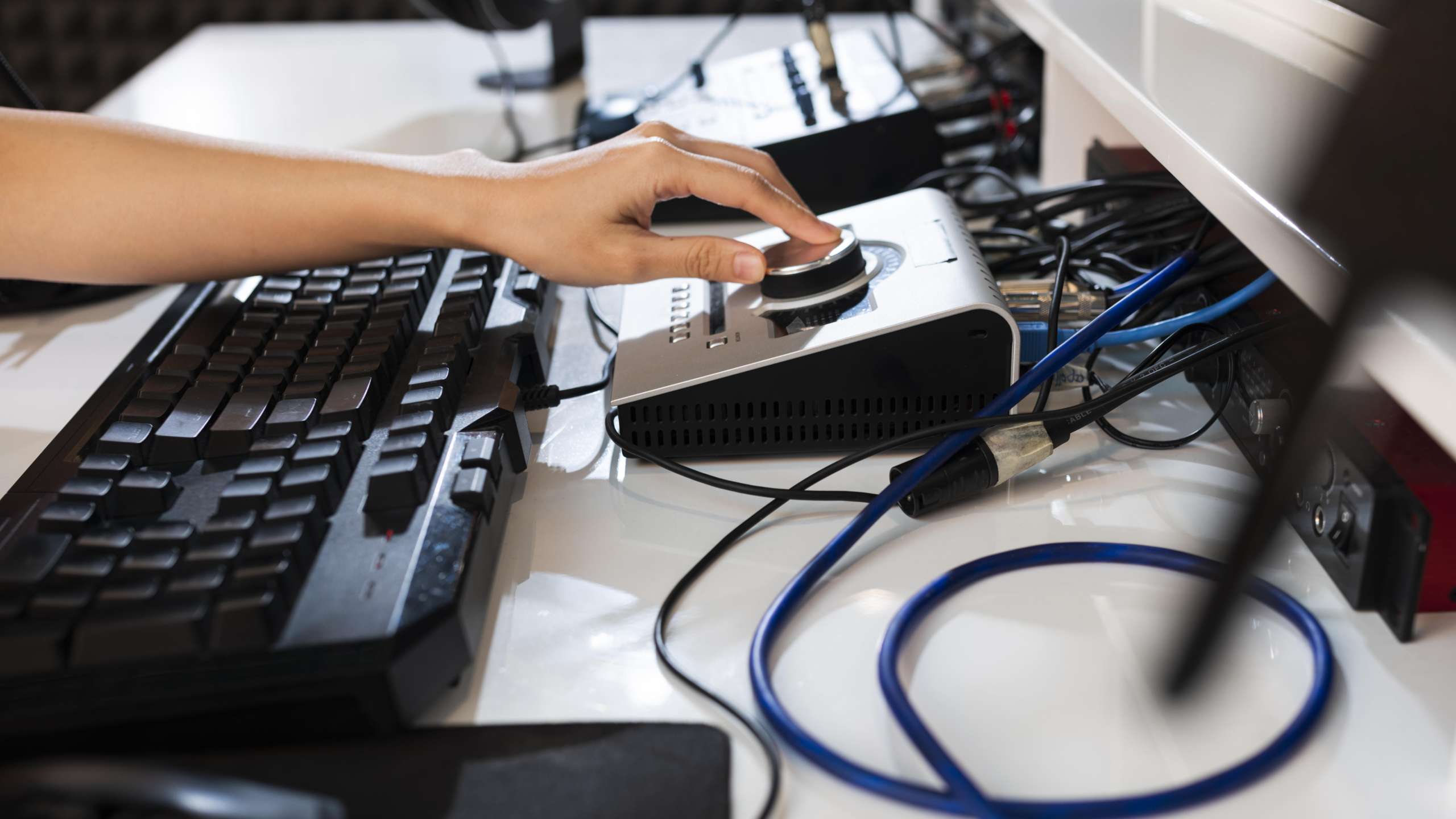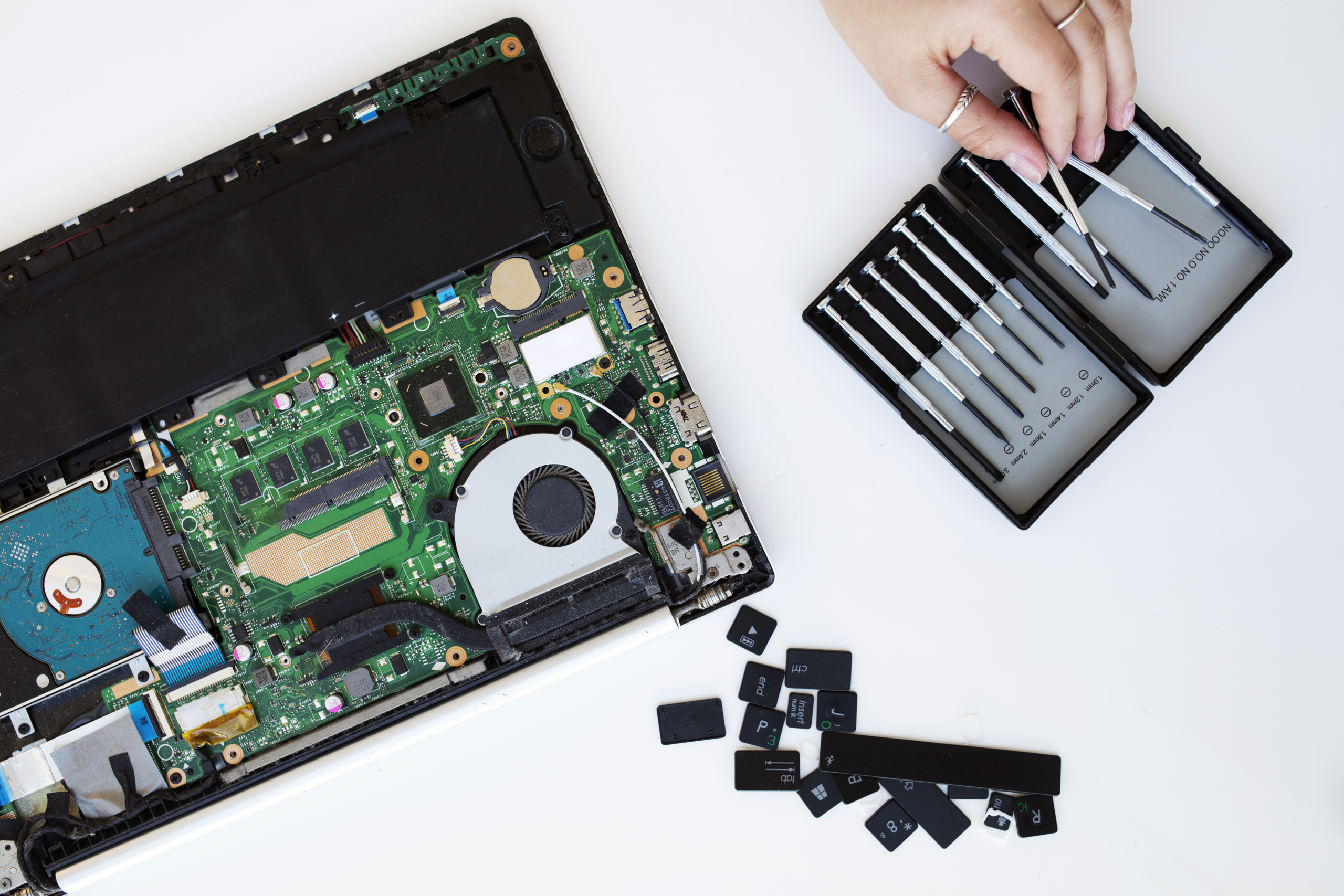
In a world where technological progress has become the driving force behind innovation and development, the lifespan of IT equipment has become a major concern. Indeed, with the exponential growth of digital activities, companies are faced with the constant need to upgrade their IT fleets or replace obsolete equipment. This perpetual quest for performance has a significant environmental cost, as ADEME points out, with 2.5% of France’s carbon footprint attributed to digital technology, 78% of which comes from hardware manufacturing. Faced with this dual ecological and technological challenge, some companies are advocating the circular economy for IT, seeking to extend the life of equipment while reducing its impact on the environment.
Extend the life of your equipment
One of the main ways to reduce the environmental footprint of IT equipment is to increase its lifespan, while maintaining its performance. Lenovo has set up various services to support its customers in this approach. The « Recertified as a Service » offer enables Lenovo hardware owners to benefit from diagnosis, refurbishment and updating of their aging IT equipment. This approach not only helps to extend the life of equipment, but also reduces costs for companies, by avoiding the need to purchase new equipment. What’s more, second-hand offers enable the purchase of refurbished equipment, guaranteeing Lenovo quality while reducing the carbon footprint associated with manufacturing new equipment. These local initiatives not only help to limit environmental impact, but also reduce pressure on scarce resources and the production of electronic waste. They also raise the question of equipment reparability, a crucial aspect in the development of a circular hardware economy. With this in mind, Lenovo has teamed up with ifixit to improve the repairability index of its computers, with the aim of ensuring that 84% of repairs can be carried out by users by 2026.
Giving equipment a second life
Despite all our efforts to extend the life of IT equipment, there comes a time when equipment reaches the end of its useful life. In this context, it is essential to explore alternative recovery solutions to prevent these products from ending up in landfill. Lenovo’s Asset Recovery Service (ARS) enables companies to limit their waste production while contributing to the establishment of circular channels.This service guarantees local depollution within Europe or OECD countries, and relies on a government-approved eco-organization to collect and process waste electrical and electronic equipment (WEEE). Lenovo is also working on research projects to develop innovative recycling techniques, such as the automated disassembly of electronic components and the recovery of precious metals. These initiatives help to reduce electronic waste and preserve natural resources for future generations.
From design to end-of-life: towards a circular economy
From product design to recycling, Lenovo uses all available technical and operational levers to bring IT into the era of the circular economy. By adopting a holistic approach, the company seeks to protect the environment while meeting its customers’ needs in terms of performance and sustainability. By encouraging the reuse, repair and recycling of IT equipment, Lenovo is helping to reduce the industry’s carbon footprint while preserving natural resources for future generations. At the same time, Lenovo is also committed to raising awareness of sustainability and circular economy issues among its customers and partners, providing information on best practices and solutions available to reduce their environmental impact.


In conclusion, the circular economy represents a major opportunity to transform the IT sector and meet the environmental challenges we face. By adopting sustainable practices throughout the product lifecycle, companies like Lenovo are leading the way towards a greener, more sustainable future for the technology industry.
CircularPlace also offers companies a Saas platform for the optimal recovery and management of unused products and material resources such as IT hardware. By reusing resources, companies can reduce their purchasing costs and CO2 emissions.
Read also
Questions about CircularPlace?



